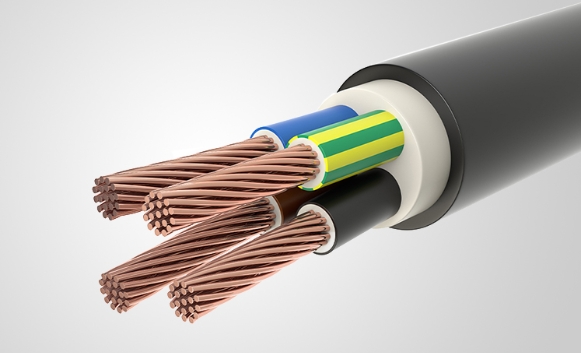Unveiling the Unbreakable: Exploring the Strongest Form of Wire

In the realm of materials engineering, the quest for the strongest form of wire has been a pursuit of innovation and precision. From aerospace applications to medical devices, the demand for high-strength, durable wires is ever-present. In this article, we delve into the world of materials science to uncover the secrets behind the strongest form of wire.
- Understanding Material Strength:
Before we can identify the strongest form of wire, it is crucial to grasp the concept of material strength. In the context of wires, strength refers to the ability of a material to withstand applied forces without deformation or failure. Factors such as tensile strength, yield strength, and ductility play a vital role in determining the overall strength of a wire. - Carbon Nanotube Wires:
One of the most promising candidates for the title of the strongest form of wire is carbon nanotube (CNT) wires. These cylindrical structures composed of carbon atoms exhibit extraordinary mechanical properties, including exceptional tensile strength and stiffness. CNT wires have been shown to outperform traditional materials like steel and copper in terms of strength-to-weight ratio. - Graphene Wires:
Another contender in the race for the strongest wire is graphene, a two-dimensional material consisting of a single layer of carbon atoms arranged in a hexagonal lattice. While graphene is renowned for its remarkable electrical and thermal conductivity, it also possesses impressive mechanical strength. Graphene wires have demonstrated exceptional tensile strength and flexibility, making them ideal for a wide range of applications. - Composite Wires:
In some cases, the strongest form of wire may not be a single material but a composite structure. By combining different materials with complementary properties, engineers can create wires that exhibit superior strength and durability. Composite wires often leverage the strengths of individual materials while mitigating their weaknesses, resulting in a synergistic enhancement of overall performance. - Future Prospects and Applications:
As research in materials science continues to advance, the quest for the strongest form of wire remains ongoing. Innovations in nanotechnology, advanced manufacturing techniques, and material design are paving the way for the development of even stronger and more resilient wires. The applications of such high-strength wires are vast, ranging from structural components in aerospace engineering to medical implants and beyond.
Conclusion:
In the realm of materials engineering, the pursuit of the strongest form of wire represents a convergence of scientific ingenuity and technological advancement. Whether through the utilization of carbon nanotubes, graphene, or composite materials, researchers and engineers are pushing the boundaries of what is possible in terms of wire strength. By understanding the fundamental principles of material science and harnessing the power of innovation, we are poised to unlock new frontiers in high-performance wire technology.
